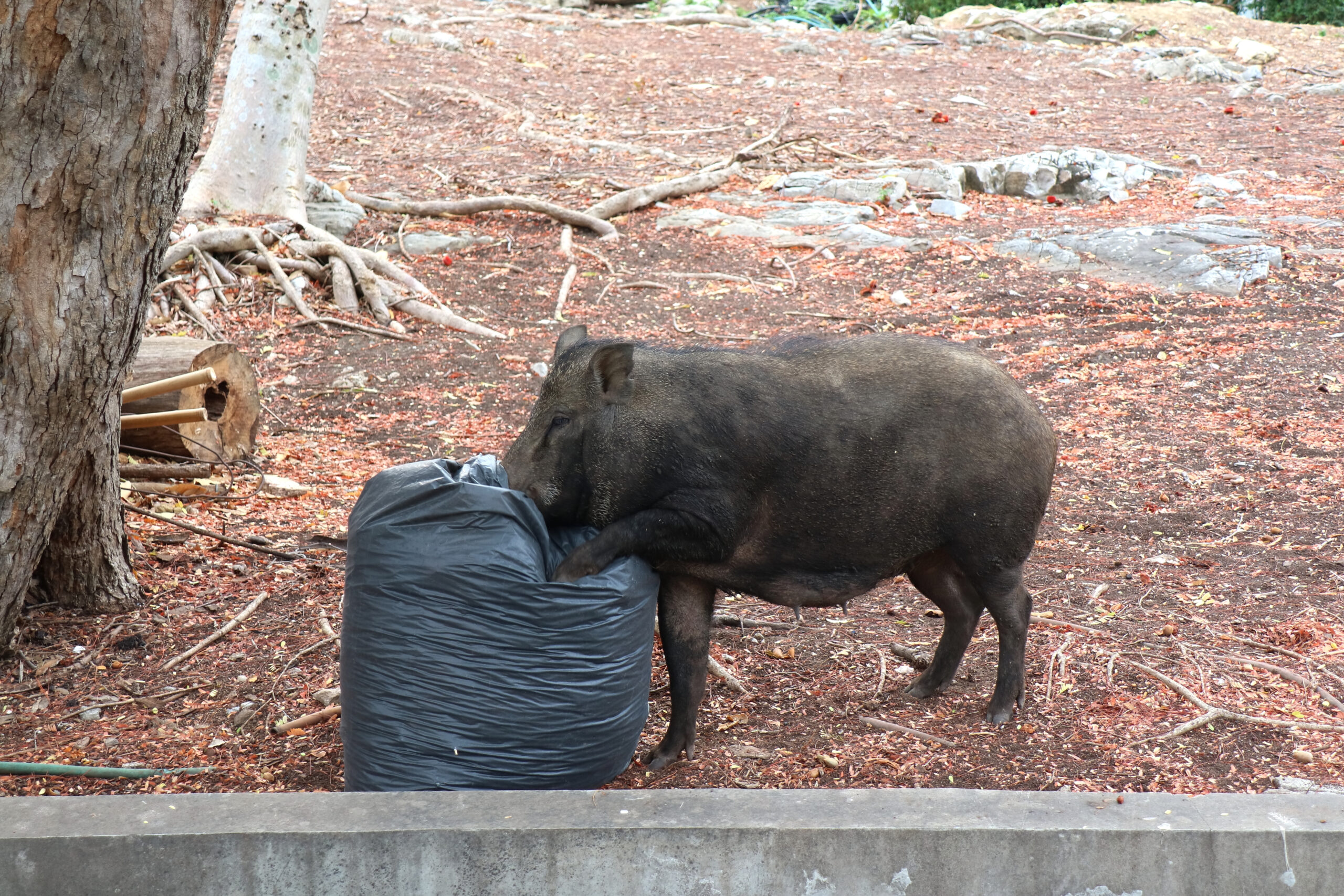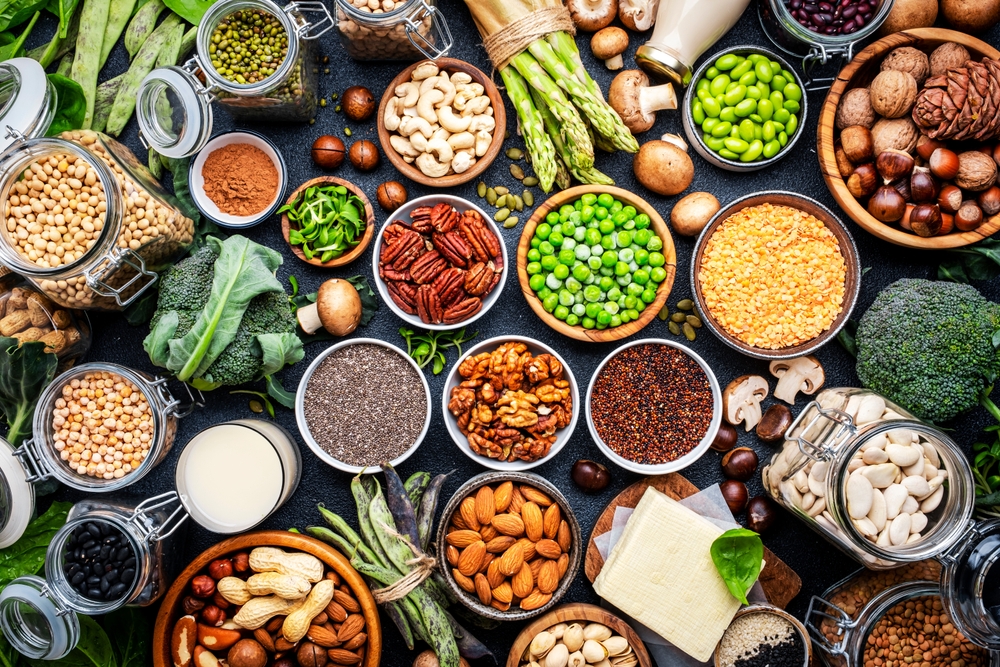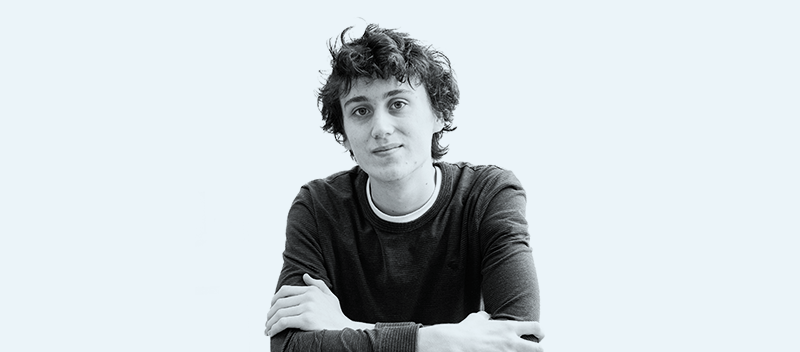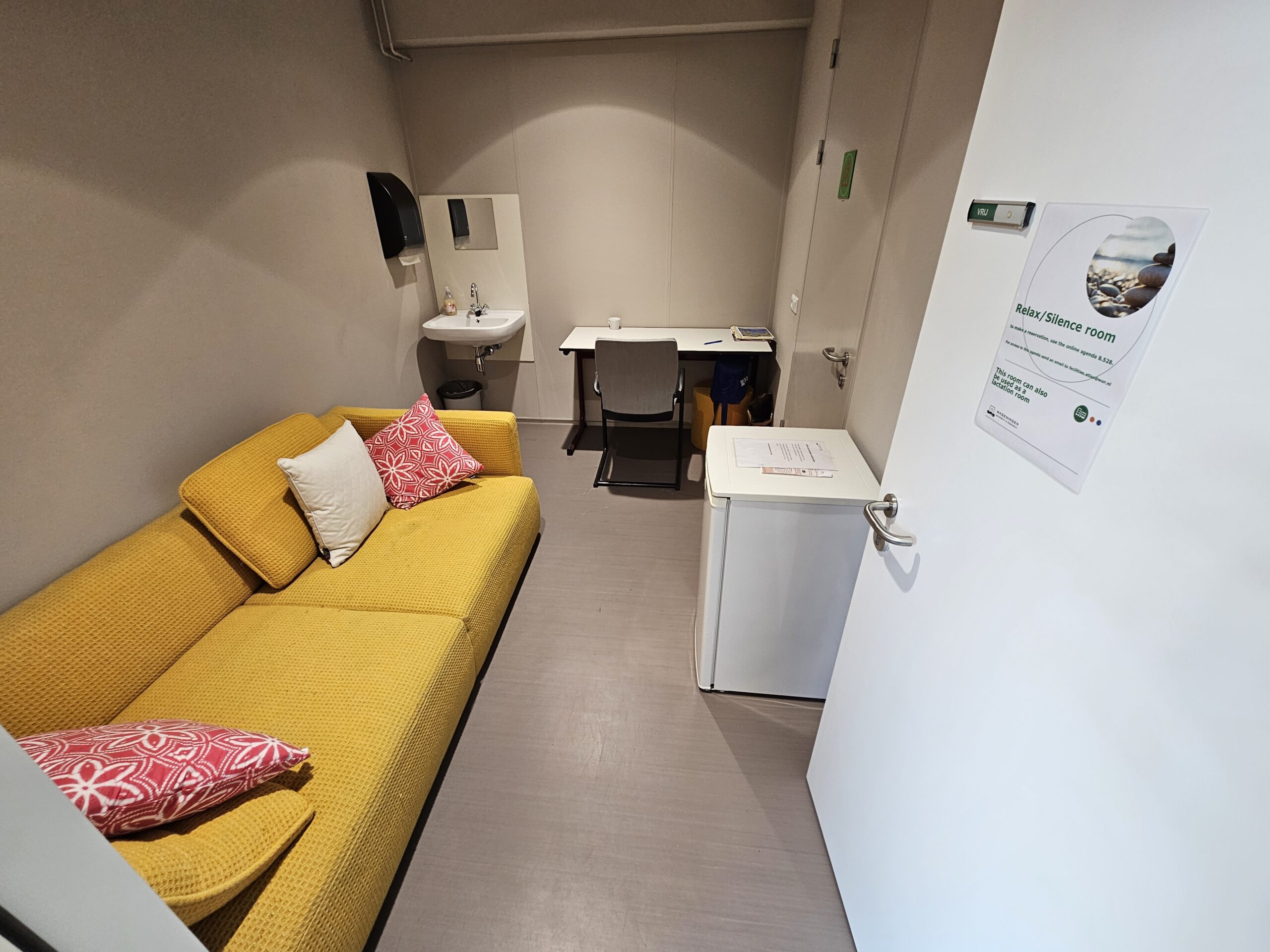PhD candidate Ollie van Hal has further refined the sustainable food model of Imke de Boer, professor of Animal Production Systems. In that model, vegetable products are only used for human consumption while animal feed is produced from vegetable and animal waste streams. Van Hal looked specifically at which waste streams could be used for which farm animals so as to maximize production of high-quality proteins.
Soya
Chickens are very efficient in converting feed into food but you do need high-grade feed for that, says Van Hal. The best options for feeding chickens are the waste streams from biscuits, bread, soya and other oil seeds. And you should focus on laying hens as eggs produce more protein than chicken meat.
Leftovers
But those high-grade waste streams are also needed to improve the low-grade waste streams. They are necessary, for example, to upgrade our household waste so it can be used for pig feed. Pigs are excellent at processing low-quality vegetable waste, says Van Hal. ‘They have a high feed uptake and they can cope with nutrient-poor fodder.’ The only problem is that we are not allowed to feed household waste to animals for food safety reasons. But if we were to heat or ferment the vegetable waste, we could solve that problem and the pigs would be able to eat our leftovers.
Brewer’ grains
Cows eat grass but they also need concentrates, especially in the winter when the quality of the silage is poorer. The best option is to feed the cows by-products from grain cultivation such as brewer’ grains, or potato peel, sugar beet pulp or oil seeds. ‘In other words, waste products from the food industry. This is allowed and is already happening.’
Fish feed
Van Hal also looked at using waste streams for fish farms. ‘Fish is the only natural source of certain omega-3 fatty acids, so it’s important for our diet. We can eat more fish if we stop turning fish into fish feed. But we also need aquaculture to get enough fatty acids. Fish have very efficient feed conversion and — important in this context — we are allowed to use abattoir waste in fish feed. So if we want to valorize animal waste products, we need aquaculture.’ Van Hal looked at salmon farming and proposes replacing the fish meal fed to salmon by pig fat and bone meal
Supermarkets
New laws are needed for some things, but it is already possible to make far more use of waste streams in feeding livestock, concludes Van Hal. ‘A third of the bread in supermarkets is thrown away every day. The supermarkets don’t mind because it’s allowed for in their profit margins. But that bread could be fed to chickens. We could require supermarkets to separate out waste streams for collection by the animal feed industry.’

 Photo: Shutterstock
Photo: Shutterstock 

